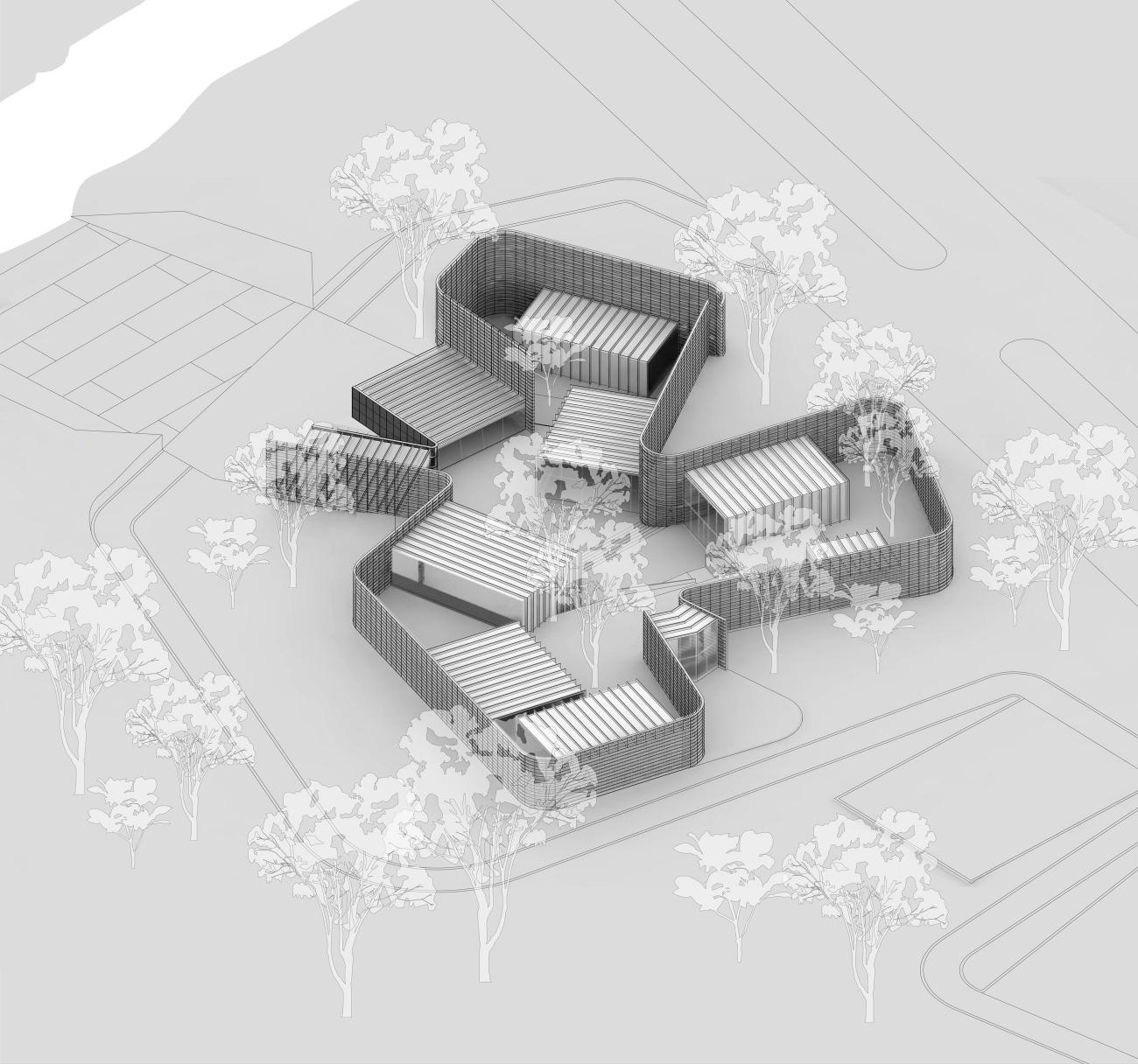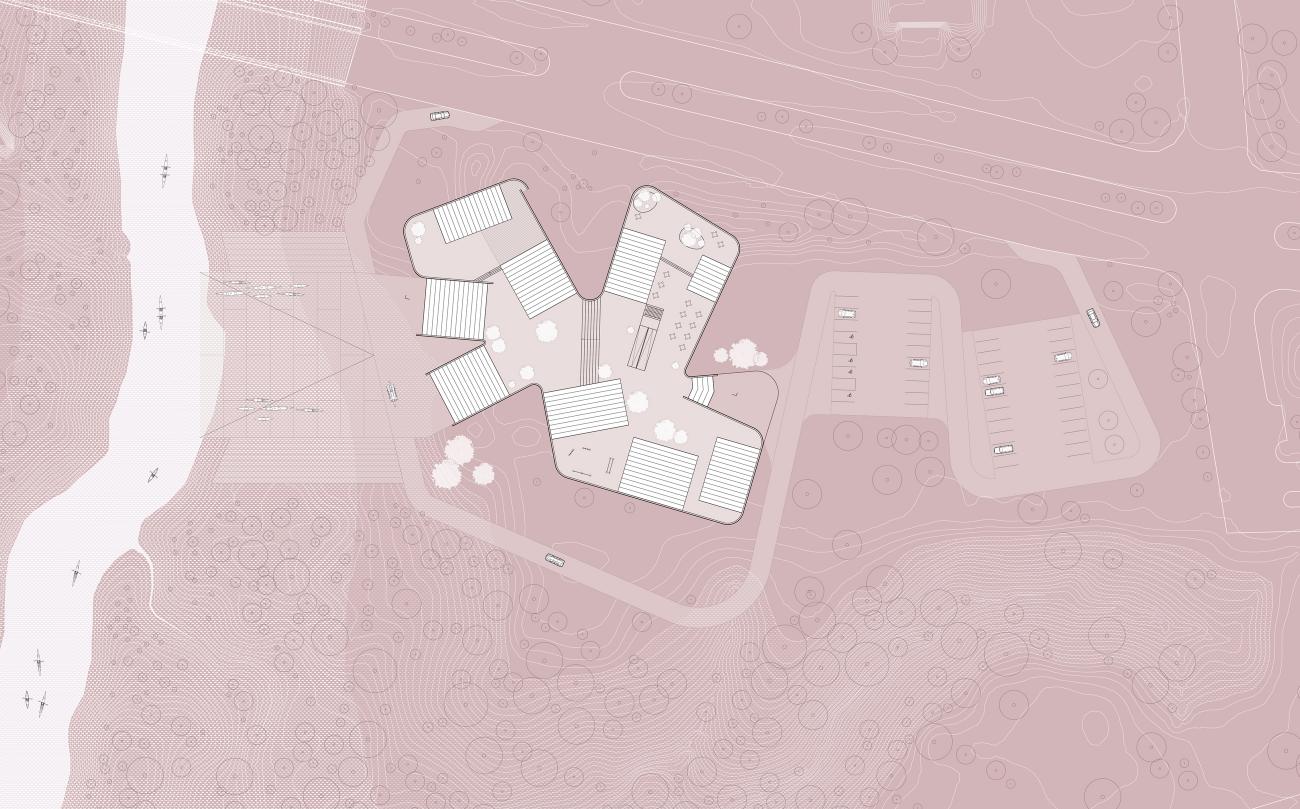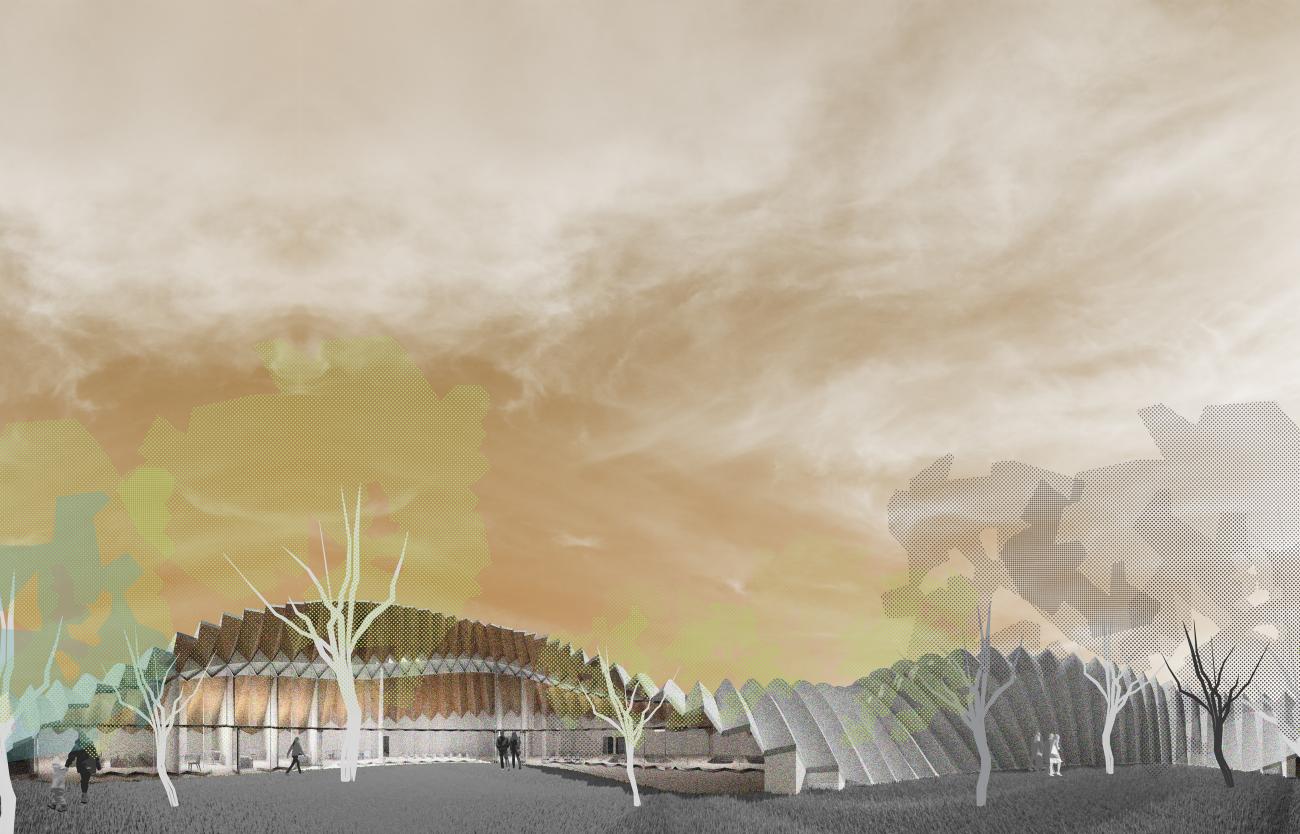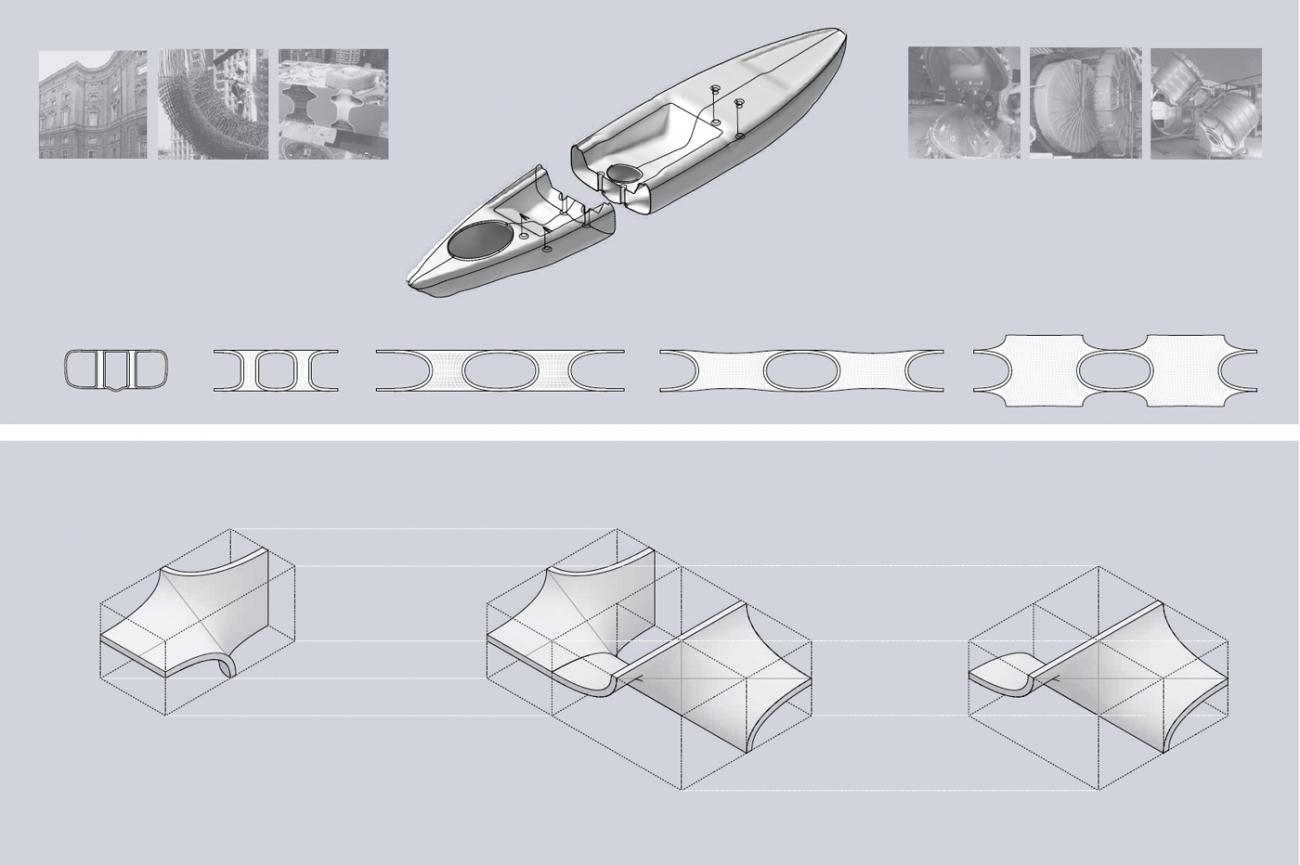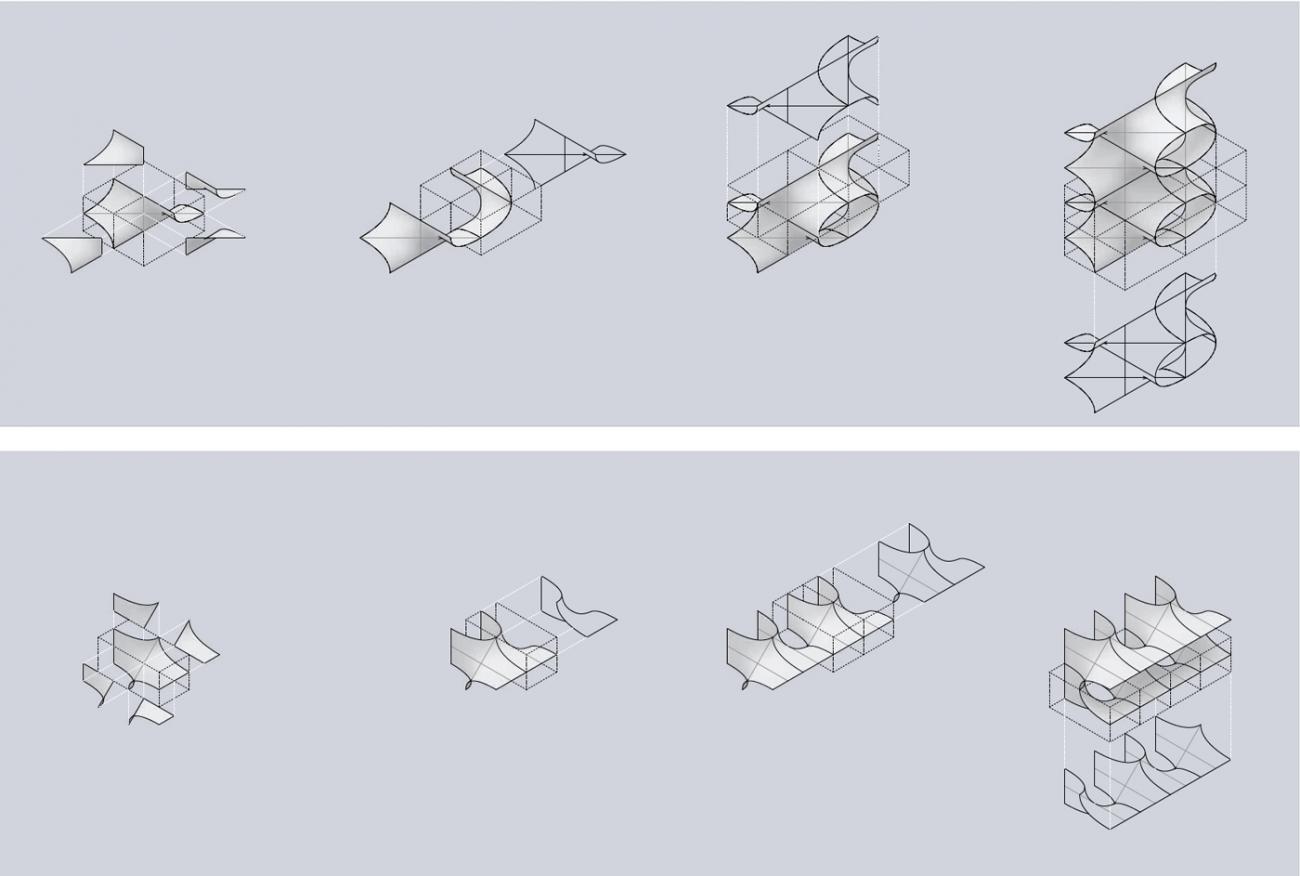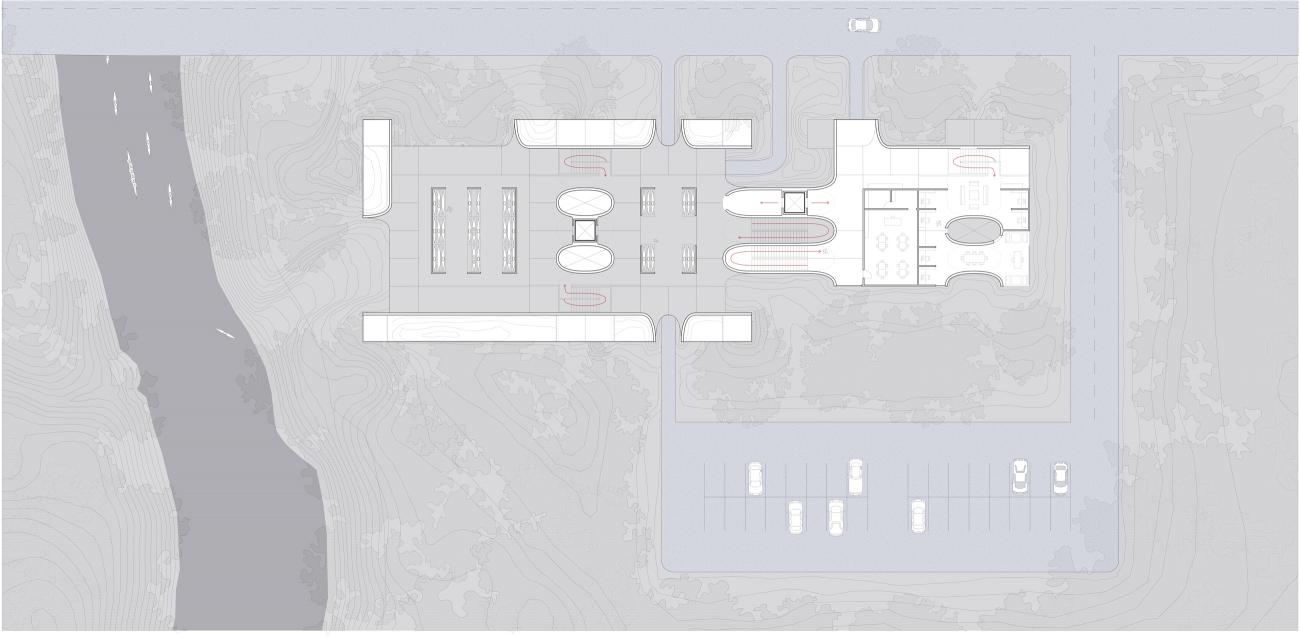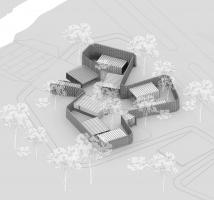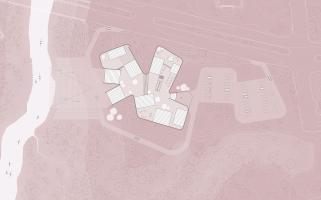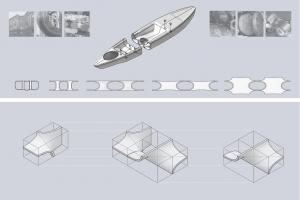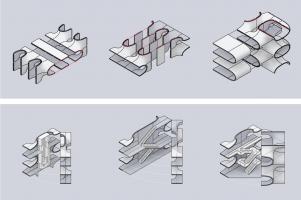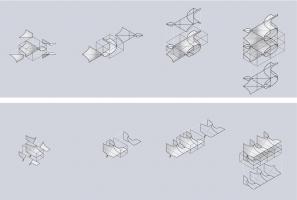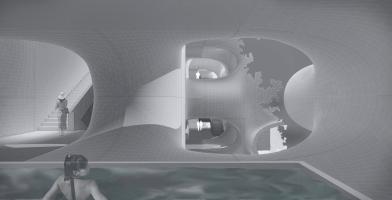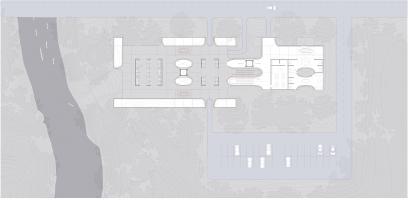This semester the Junior Studio will address the relationship between architectural theory and technical expertise in order to engage a new conversation about fabrication. Unlike other manufacturing modes, where the act of making objects (for example a consumer product) is the culmination of a carefully managed, codified and established process, architecture uses the potential of manufacturing, i.e. fabrication, to shape a building’s purpose. With architecture, the relationships between conceiving, projecting, representing, executing and ultimately inhabiting a building are fluid. The constraints of one design aspect can easily turn to realign and prioritize the others. Architects never repeat the exact design process twice, and for good reason. Each client, site, functional program and temporality is unique. The priorities we end up with are as unique as the ingredients we proportion and mix together. We should not diminish, therefore, the role of fabrication by treating it as a simple means to a predetermined end. Fabrication can be seen as a design driver, central to the way we conceive, execute and understand buildings by further articulating a sense of place within a cultural landscape.


